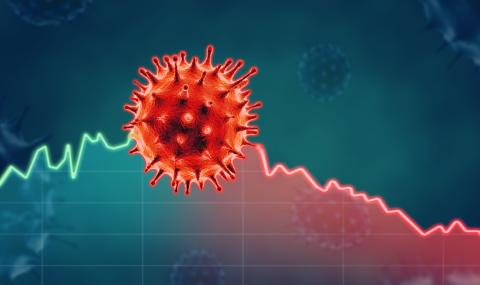In an August 2020 report by the Center for Disease Control and Prevention, data shows that people of color were more likely to be impacted by the coronavirus. In fact, cases increased among the Black or African American and non-Hispanic community by 2.6. The same group were also 4.7 times more likely to be hospitalized.
Camara Phyllis Jones, an epidemiologist, told The Harvard Gazette that structural disparities play a role in how the coronavirus affects communities.
“It’s segregation in terms of access to healthy foods, and to green space, and excess exposure to environmental hazards, which is why we have things like more obesity leading to more diabetes and more heart disease and more kidney failure,” Jones told the Gazette.
A group of Stanford University researchers, who studied how different regions implemented lockdowns, found that cities with higher density populations and in communities where people live closely together were more likely to spread the virus. Higher cases and denser populations also resulted in stricter lockdown rules, which may result in loss of income for anyone unable to work.
Here are some stories worth checking out:
Coronavirus Shutdowns Are Hitting Vietnamese-Owned Nail Salons Hard
County of San Diego's Discriminatory COVID-19 Practices Are Hurting Latinos
The Heart of San Diego: How The Asian Economy Keeps Beating
Racial Disparities in COVID-19: Key Findings from Available Data and Analysis
In the age of COVID-19, aging while Black is more dangerous than ever
